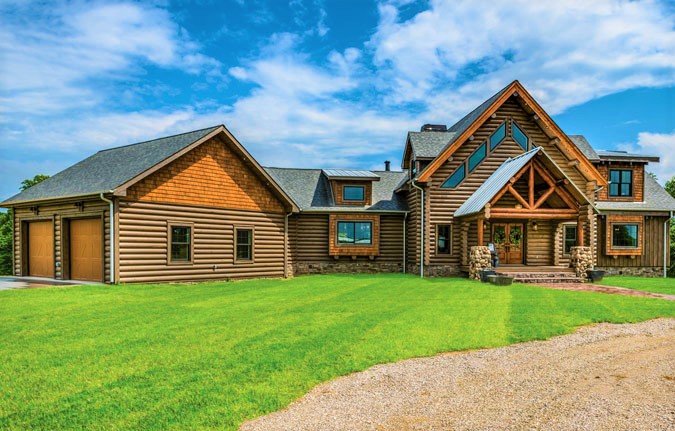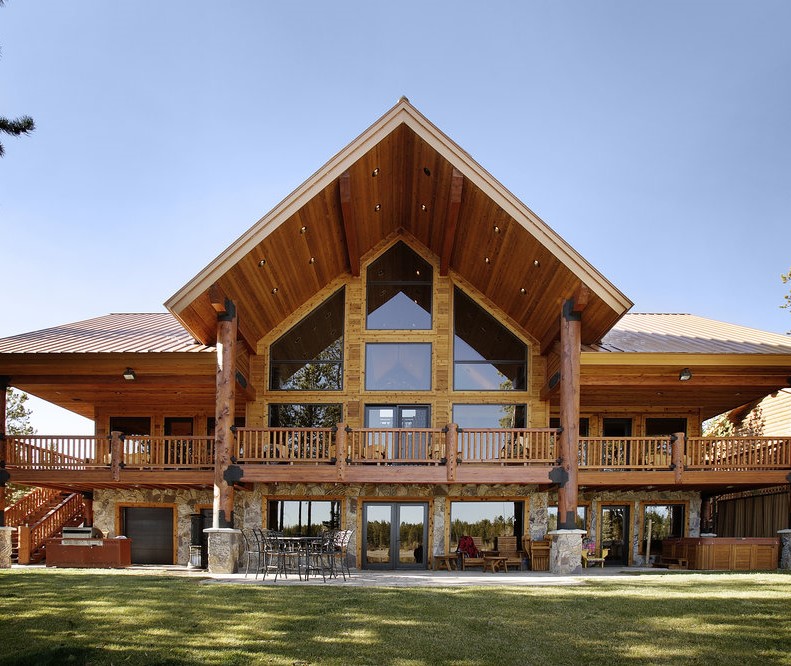
Throughout history, various materials have been used to construct homes. Today, timber is one of the most widely used building materials.
Wood has many advantages over other construction materials such as steel, concrete, and brick. It has low embodied energy, is a renewable resource, and doesn’t release toxic materials into the air during the building process.
Historical Background
Despite being out of favour in the 20th century, timber frame buildings have seen a revival. This is thanks to architects taking the time to research how timber was used throughout history and attempt to reproduce these traditional designs.
During the first thousand years of civilized development, timber resources were plentiful and communities built many simple but durable structures. During this period, building skills improved and techniques evolved for joining timbers.
As these techniques and methods became more refined, timber frame dwellings started to emerge across large areas of Europe. They were a far more durable form of construction and required much higher levels of technical competence than simple stone or brick buildings.
Many of these timber homes remain in use today and are a testament to their durability. Their size and quality reflect the wealth and status of their original owners.
Materials
Timber is a natural and renewable resource, and is used in many building applications. The materials used to make timber homes are a wide variety, from light structural lumber to heavy and fire resistant products.
Light structural lumber is commonly used in the construction of single family homes and is typically milled from softwood trees such as spruce, fir, or pine. This type of wood has a low embodied energy rating, is a renewable resource and stores carbon.
It is also one of the lowest emitting building materials. A timber frame house is a greener option than a steel or concrete structure and can save you money on your energy bill.
Timber has excellent insulating properties because it contains minute air pockets, which limit the ability of heat to flow through the material. This helps to minimize the amount of energy that is needed to keep the home warm or cool, which reduces fossil fuel use and improves the overall energy efficiency of a timber home.
Design
There are many different styles of timber homes. They range from simple to contemporary, and are often evocative of nature or the Pacific Northwest.
Traditional timber frame homes feature a highly visible skeleton of heavy timbers connected with traditional joinery. Decorative details like mortise and tenon joints add to the charm of exposed wood framing.
They can also be quite stunning if built with quality timbers. They are a great choice for anyone who wants to show off the natural beauty of their home.
Timber frames are also much more efficient to build than traditional stick-built houses because they do not require as many lumber pieces. This is one reason why they were so popular in times of shortages of materials and skilled labour.
While they are generally more expensive than 2×4 “stick built” homes, they offer a lot of benefits that make them worth the extra expense. They are very strong, durable, and can last for years. They are also extremely energy-efficient and a good investment for the future.
Construction
From ancient times, humans have used a variety of construction methods to create homes. Some of these methods are now more common than others, but one type that is still very popular and used around the world is timber framing.
A timber frame is a building technique that relies on wood beams and posts to form the home’s substructure. These structural components are typically made from high-quality, durable, and renewable timbers.
They’re then encased with structurally insulated panels (SIPs) to complete the home’s envelope. SIPs are a great way to increase the energy efficiency of a timber frame structure and reduce thermal bridging.
The use of timber also provides homeowners with a number of benefits, including the ability to customize their home. Timber can be sourced locally, meaning it is more affordable and sustainable than other materials. It also withstands weather conditions, making it ideal for use in homes that are exposed to the elements.

